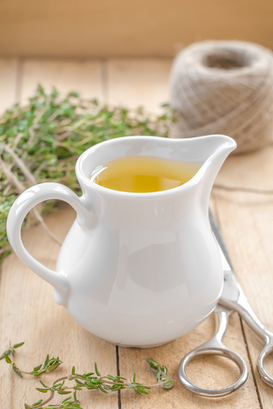1. Ok, let's get this straight. Rosehip oil has nothing to do with rose one way or another.
2. Most commercial rosehip oil (Rosa moschata / Rosa rubiginosa) now grows in Chile, Argentina and even New Zealand and Australia, while Rosa canina, grows in Europe and South Africa. The colour of pure rosehip oil is either golden amber or a blood orange, depending where it is grown. Genuine rosehip oil can get more expensive than argan oil as extraction is highly labour intensive or CO2 extracted, thus not as straight forward as other seed and vegetable oils. Small crop, small yield, go figure.
3. Up to 95% of organic rosehip oil is certified organic, but not entirely pure or organically grown. Before you even ponder, I would not get overly excited with a $25 organic rosehip oil that's thick, gooey and "orangey". Genuine rosehip oil is fluid, non-sticky and undiluted.
Here's why...
However...
4. The smell of rosehip oil is strong and unique - earthy if you ask me. It's pleasant or unpleasant depending on how you like it. Majority of the rosehip oil available commercially are deodorised or refined with chemical solvents.
5. One important thing all these big brands forgotten to tell you -you are NOT supposed to use rosehip oil continuously for more than 2 weeks, especially if you have dry or sensitive skin. The natural retinoid acid in rosehip oil can cause dryness, redness and flakiness!
Please use your own judgment when someone tells you an oil is 100% pure or there is no negative effect in it. Even your favourite pure essential oil can possess a certain level of toxicity if improperly blended or utilised. And if you are seriously concerned about purity, wouldn't you want to know where it is grown, how it is extracted or produced and what are you really getting?















 RSS Feed
RSS Feed
